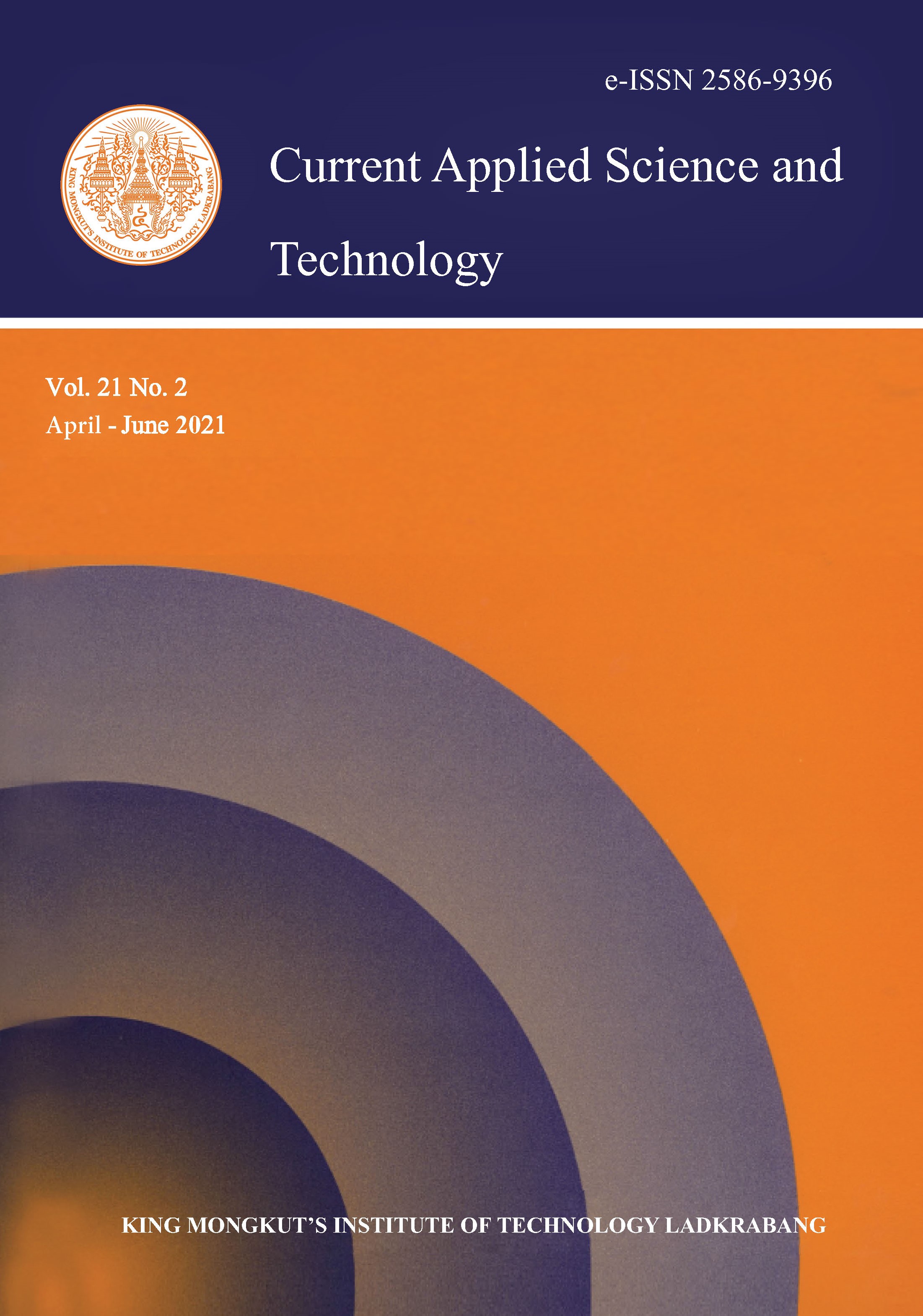Classical particulate modeling is a mathematical approach that is suitable for describing the behavior of a processing machine because of its ability to accommodate varying degrees of technical parameters. This research was carried out to predict the peeling rate of an existing multi-tuber peeling machine using classical particle removal theories. The machine was designed to peel fresh cassava, sweet potatoes, and cocoyam tubers at a speed range of 350-750 rpm using a selection gear system. The tuber peeling rate were determined over 1-h of machine operation at intervals of 5 min. The classical Weibull and Jennings models, formulated for removing impurities from the outer surface of solids, were used to constitute the models for predicting the peeling rate and the amount of tuber peels removed. The machine was rerun for another 30 min, and the values of the peeling rates and the amount of peels removed were computed and used for the independent validation of the resulting models. Results show a log increase in the peeling rate of the machine with an increase in the residence time and the speed of the machine operation (p< 0.05). Also, the Weibull model parameters were better estimator of the peeling rate with R2 > 95% and Mean Square Error less than 10%, irrespective of the speed and the residence time of machine operation. Therefore, the models can be used for predicting the peeling rate of the machine within its operating speed limits.
Keywords: classical particle removal theory; multi-tuber peeling machine; peeling rate; Weibull model; Jennings model
*Corresponding author: Tel.: (+234) 7034867681
E-mail: adeshina.fadeyibi@kwasu.edu.ng
Fadeyibi*, A. undefined. ., Busari, R. A. undefined. ., & Ajao, O. F. undefined. . (2020). Prediction of Tuber Peeling Rate Based on Classical Particle Removal Theories. CURRENT APPLIED SCIENCE AND TECHNOLOGY, 283-298.
